April 5 is known as “Go For Broke” Day, in honor of the 442nd Infantry Regiment, the most decorated unit for its size in US military history. The regiment was composed entirely of Nisei (children of Japanese immigrants) who volunteered to join the war effort, displaying inspiring valor and loyalty to America.
Following the attack on Pearl Harbor, distrust of Japanese Americans was widespread. More than 100,000 Americans of Japanese ancestry were relocated to internment camps in the mainland US. Around the same time, the War Department ordered all soldiers of Japanese ancestry to be removed from active service. In Hawaii, 1,300 Japanese-American members of the National Guard were permitted to continue their service.
Several discharged soldiers of the Hawaii Territorial Guard requested that they be allowed to return to service to aid in the war effort. Their request was approved, and they were designated the Varsity Victory Volunteers. However, some worried about their loyalty in the event of another Japanese attack there. So the Japanese soldiers were organized into the Hawaii Provisional Battalion and sent to California, where they were redesignated the 100th Infantry Battalion (Separate) on June 15, 1942.
After training, the 100th went to Europe and fought in the Italian Campaign at Monte Cassino, Anzio, and Rome. They earned the nickname “Purple Heart Battalion” at Monte Cassino and quickly proved their loyalty and bravery. As a result of their exemplary service, the War Department decided to create a Japanese-American Combat Team, consisting of the 442nd Infantry Regiment, the 522nd Field Artillery Battalion, and the 232nd Engineer Combat Company. The 442nd Regimental Combat Team (RCT) was activated on February 1, 1943. The RCT had three infantry Battalions – initially the 1st, 2nd, and 3rd, but the 100th Infantry Battalion later took the place of the 1st. The RCT also had an anti-tank company, a cannon company, a service company, a medical detachment, headquarters, and the 206th Army Band.
Generally, the Nisei were not allowed to fight in the Pacific. However, about 6,000 were brought to the Military Intelligence Service to translate Japanese documents. They also went behind enemy lines to intercept Japanese orders. And in battles, they shouted conflicting commands to confuse Japanese soldiers.

The 442nd RTC arrived at Anzio on May 28, 1944, and saw their first combat at Belvedere in Suvereto, Tuscany, on June 26. The 442nd then fought at Hill 140 and Castellina, facing heavy resistance every step of the way. In September, the antitank company joined in the Southern France Campaign, launching a glider attack and then guarding the 7th Army, clearing mines, capturing enemy troops, and securing roads and tunnels.

The rest of the 442nd arrived in France in late September, fighting in the Vosges Mountains, Bruyères, and Biffontaine. In October, they were tasked with rescuing the “Lost Battalion” (1st Battalion, 141st Infantry, 36th Infantry Division) who had been surrounded by German forces. After five days of fighting the 442nd broke through the German lines, rescuing 211 men, but suffering more than 800 casualties.
In March 1945, the 522nd Field Artillery Battalion was sent to Germany. During their time there, they supported dozens of army units, traveled 1,100 miles, and completed all 52 of their assignments. In late April, they helped liberate the Dachau concentration camp. Also in March, the rest of the 522nd went to Italy, where they helped the break the Gothic Line, which had been at a stalemate for five months. This was their final action of the war.
The 442nd (whose total ranks numbered about 18,000) became the most decorated unit for its size in US military history. In less than two years, they earned over 4,000 Purple Hearts, 4,000 Bronze Stars, 560 Silver Stars, 7 Presidential Unit Citations, and 52 Distinguished Service Crosses among others. Initially, only one member received the Medal of Honor during the war. This was later reevaluated, and 20 additional medals were awarded. In 2010, the unit was awarded the Congressional Gold Medal, and in 2012, all survivors were made chevaliers (knights) of the French Legion d’Honneur for their efforts to liberate France and rescue the “Lost Battalion.”
In all, about 33,000 Nisei served, and over 800 gave their lives in the war. Today, April 5 is celebrated as “Go For Broke Day,” a reference to the 442nd RCT’s motto. April 5 was selected because it was on that date in 1945 that the unit’s first Medal of Honor recipient was killed near Seravezza, Italy.
| FREE printable This Day in History album pages Download a PDF of today’s article. Get a binder or other supplies to create your This Day in History album. |
Discover what else happened on This Day in History.

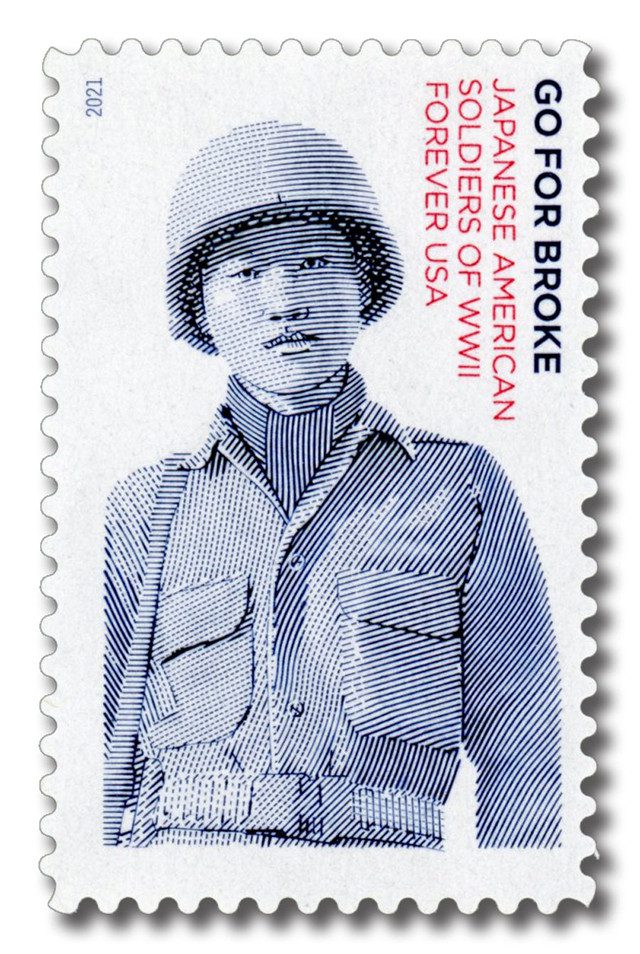
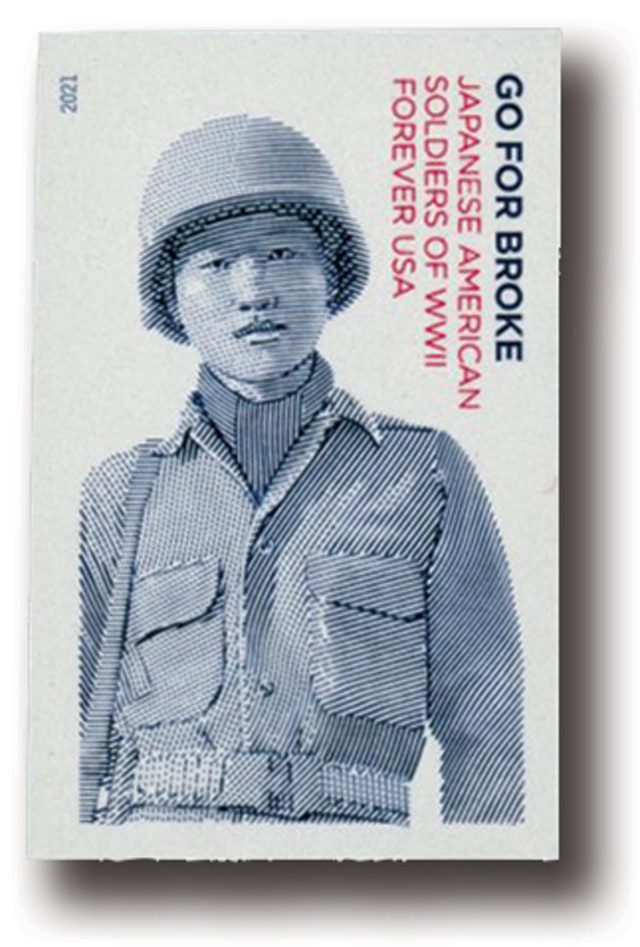
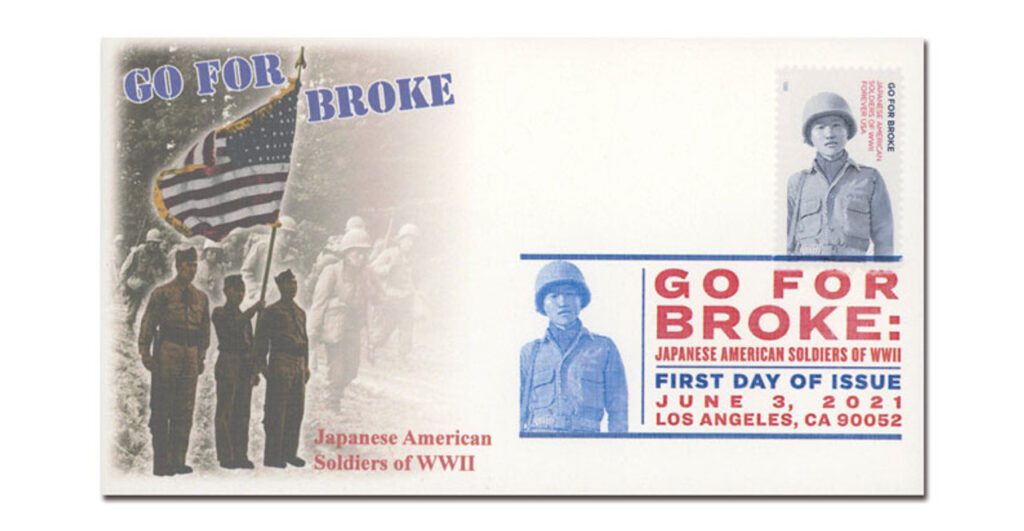
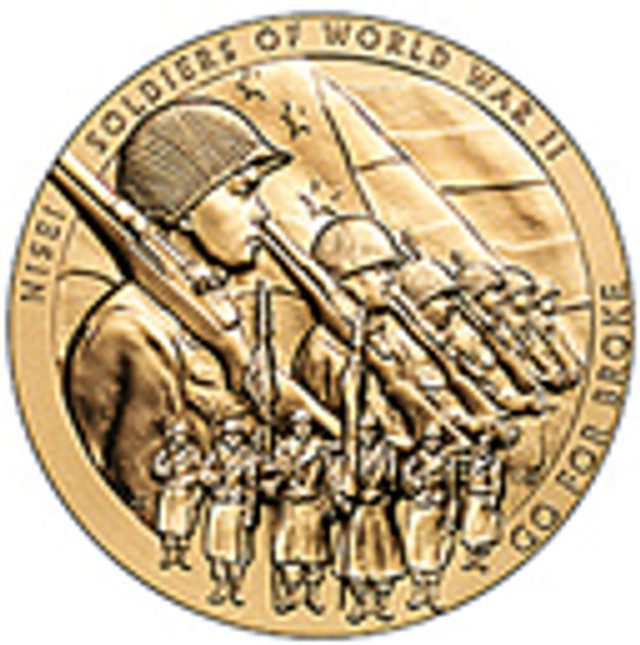
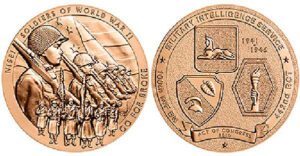
Thank you for the great history about “Go For Broke” and the extreme bravery of the 442nd. Creating that regiment wasn’t a complete recovery from the internment of Japanese Americans, but it was strategic and successful. A word about FDR’s decision. In our history, more should be made about the devastating, treacherous attack by the Japanese empire on Pearl Harbor; the huge, sudden loss of lives and equipment there and the near panic by our unprepared government 3,000 miles away to avoid a follow-up attack on our mainland. The internment camps were wrong, but definitely not concentration camps. Of course we’ll never know, but it probably avoided some over-zealous mistreatment of Japanese-Americans as World War II claimed so many American lives in the Pacific theater.
They were indeed concentration camps with armed guards, barbed wire fences, and guard towers. A little correction in the article: approximately 120,000 Japanese Americans were involuntarily relocated and about two thirds of them were native born American citizens. The attack on Pearl Harbor shocked the country, and Japanese Americans were an easy target. German submarines attacked American ships even before Pearl Harbor, and even after the U.S declared war on Germany and Italy, German and Italian Americans were not relocated into internment camps, nor should they have been. There is a simple and unpleasant explanation as to why only the Japanese Americans were singled out…racism.
If the U.S. Japanese concentration camps upset you so much, you must become downright despondent and suicidal over the war crimes committed by the Japanese against fellow Asians during WW II. I’m not sure if the Germans were as racist as the Japanese. I’m leaning toward the Japanese. In hindsight, I think the Japanese concentration camps were the right choice.
Didn’t you know about The Holocaust?
The dastardly and cowardly attack by the Japanese empire on Pearl Harbor was the main reason why Roosevelt forced Japanese Americans into interment camps. There was no starvation, brutality and murder as there was in great numbers in the concentration camps of World War II. Pearl Harbor should always be mentioned as the primary cause of Japanese American internment. Sadly, it usually isn’t even referenced in trying to make a false point about the interment.
Don, your reasoning is faulty. Let’s see, Japan attacked American forces at Pearl Harbor, so let’s incarcerate local people of Japanese ancestry. The Germans attacked American ships even before Pearl Harbor. Why didn’t we relocate German Americans? Do you think it was because they were white? Japanese Americans who were relocated weren’t starved or brutalized (as you say), but they were humiliated, and they lost millions in property–businesses, housing, farms, fishing boats, etc. Kids were yanked out of school and sent to relocation camps with their parents. This was disgraceful episode in our history, and pretty much everybody knows it as such. In the 1980s, Congress passed, and President Reagan signed, a bipartisan resolution which offered an official apology along with a small cash payment to all the Japanese Americans who had been relocated and were still alive.
SAD TO SAY, THIS COUNTRY IS STILL RACIST TO SOME DEGREE. IT’S BETTER THAN IT WAS, BUT STILL HAS A LONG, LONG WAY TO GO!!!